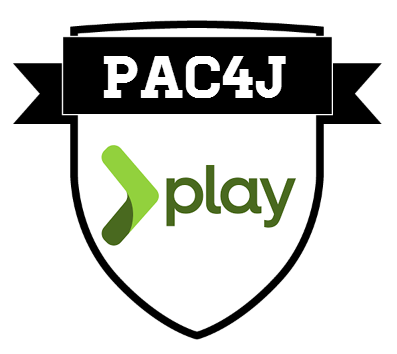This okta-play-oidc-example project is a Java Play Framework app that shows how to use the play-pac4j-java security library with OpenID Connect (OIDC) and Okta.
Prerequisites:
Create an OIDC App in Okta to get a {clientId} and {clientSecret}. To do this, log in to your Okta Developer account and navigate to Applications > Add Application. Click Web and click the Next button. Give the app a name you’ll remember, specify http://localhost:9000 as a Base URI, as well as the following values:
- Login redirect URIs:
http://localhost:9000/callback?client_name=OidcClient - Logout redirect URIs:
http://localhost:9000/?forcepostlogouturlafteridp
Click Done and copy the client ID and secret into your conf/application.conf file. While you're in there, modify the oidc.discoveryUri to match your Okta domain. For example:
oidc.discoveryUri = "https://{yourOktaDomain}.com/oauth2/default/.well-known/openid-configuration"You can also create groups and include them as claims. For example, create ROLE_ADMIN and ROLE_USER groups and add users into them.
Navigate to API > Authorization Servers, click the Authorization Servers tab and edit the default one. Click the Claims tab and Add Claim. Name it "groups" or "roles", and include it in the ID Token. Set the value type to "Groups" and set the filter to be a Regex of .*.
After making these changes, you should be good to go!
Build the project and launch the Play app on http://localhost:9000:
sbt run
If you have any issues, please create an issue in this project and I'll do my best to help.


